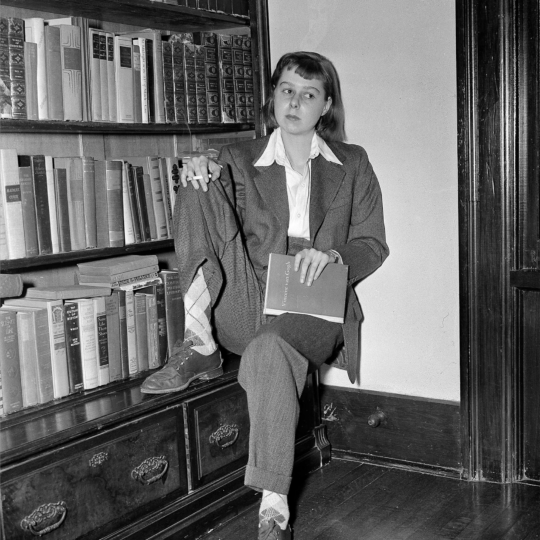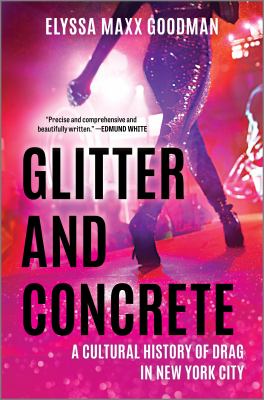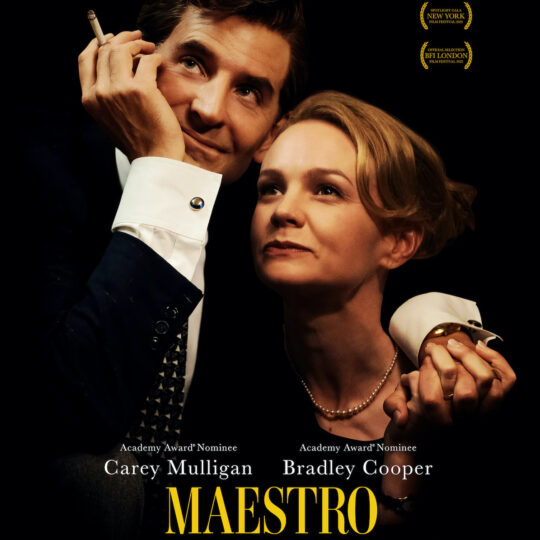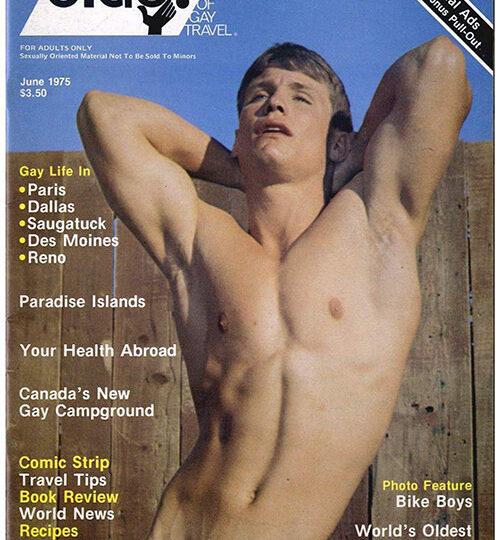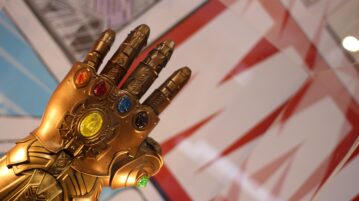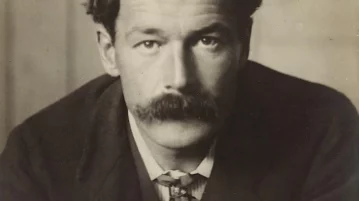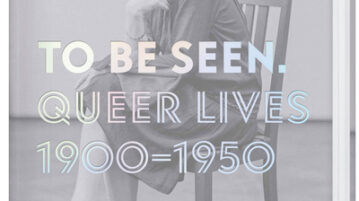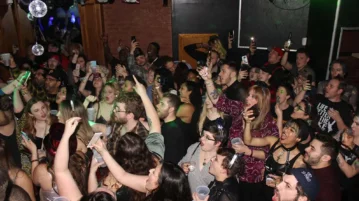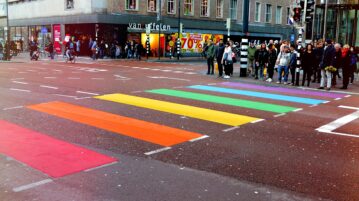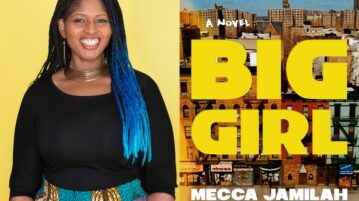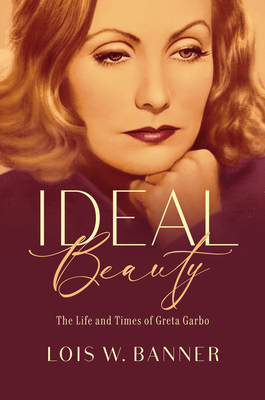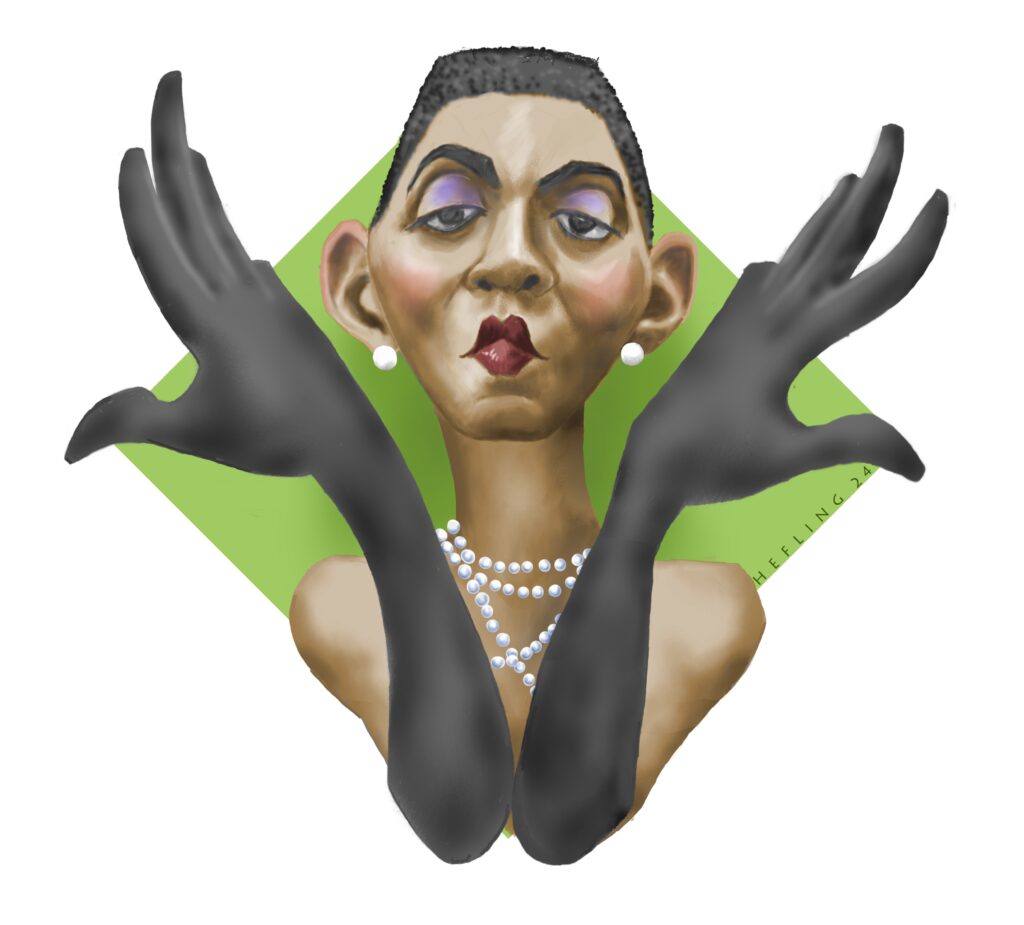Blog Posts View all
Considering a Place in Fiction for Badly-Behaved Queers
By Brian Alessandro
There is a valid concern that portraying an LGBTQI character as foul in fiction could make our place in the world tenuous.
Henry Scott Tuke: Homoeroticism in a Time of Illegality
By Samuel Muñoz
In the same decade that the trial of Oscar Wilde and the network of male brothels on Cleveland Street swept the headlines and flamed a push for a tougher stand on anti sodomy laws, an English artist thrived by openly celebrating the beauty of the male body.
Beyond Cabaret: Queer Life in Early Twentieth-Century Germany
By Brian Fehler
To Be Seen, Queer Lives: 1900-1950 reveals moments of queer life during the emerging explorations of identity after the turn of the century, including the vibrant years of the Weimar Republic, the years of Nazi persecution, and the early postwar years.
Here's My Story View all
Love and Regret in Gay Bars
By Les K. Wright
One evening, a guy asked me if I wanted to go to the Central Arms. He explained it was a gay bar, and “with your good looks you’ll be popular.”
The Price of Queer Belonging
By Gregory Walters
While the attraction to live in gay neighborhoods—West Hollywood, the Castro, Boystown, Chelsea—is less than it used to be, LGBTQ people still gravitate to urban areas and states where we can live more and fight less.
On Writing Black Queer Fiction
By Mecca Jamilah Sullivan
As a writer, my characters’ queerness is always as central to their stories as their Blackness, their gender, or their size. For me, this is what it means to create full characters: they have multiple facets, live in multiple worlds, and it’s the precise alchemy of such multiplicity that defines them.




